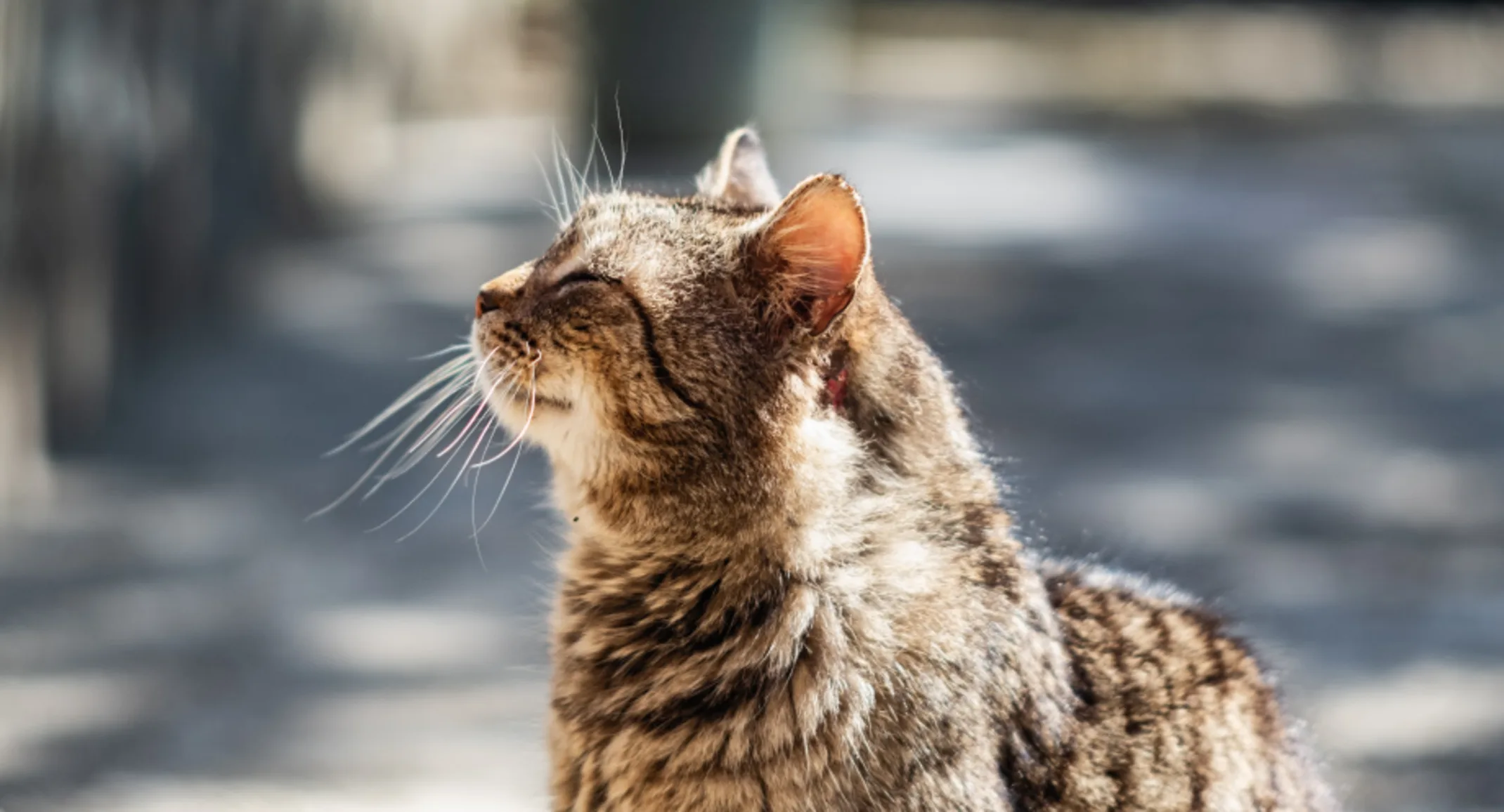Common Health Problems in Senior Cats: Part 1
Cats

Cats: Experts at Masking Pain
Cats are masters at hiding their pain. Because of this, it can be tough to know when your cat isn’t feeling well, and easy to miss health problems until they're very advanced. Yet, with cats living to 15-20 years old and beyond, chronic health conditions are common, and, while aging is a normal process, sickness and pain are not. As a loving pet owner, you want to help your cat age gracefully and spot any potential problems early. That way your kitty can remain comfortable, and you may be able to prevent a serious disease and add months or years to your cat's life.
The key is a combination of regular veterinary visits combined with being tuned into your pet’s demeanor and normal behavioral patterns. When you’re tuned into your pet’s behavior you can take note when you start noticing changes and schedule a veterinary visit. In general, regular, preventive care veterinary visits are recommended twice a year for senior cats - that is, those over 7 years old. Changes in their behavior or health may mean more frequent visits.
There are several problems that are common in senior cats. Today we'll be talking about two of them: arthritis and kidney disease. In the next two parts, we'll discuss hyperthyroidism, high blood pressure, dental disease, and cancer. While these aren't the only problems your senior cat may encounter, they are the most common.
Arthritis
Also known as degenerative joint disease, this is a painful condition where the joints wear away cartilage until bone scrapes against the bone. Ouch!
Just like in humans and other animals, feline arthritis can be caused by natural degeneration of the joints with age, by an old injury that didn’t heal properly, or by infection. If your cat carries excess weight, this can cause even more pain due to the additional support needed.
Some signs that your cat is suffering from arthritis include lapsed litter box habits, decreased activity, and reluctance to go up and down the stairs. If you suspect your kitty has painful joints, you can make sure s/he has easy access to the litter box (as in not having to step over a wall to enter), a soft, cozy bed, and easy access to his/her favorite spots.
While there’s no cure for arthritis, your vet can help you find ways to minimize the pain, including medication, diet changes, and laser therapy.
Kidney Failure
Chronic kidney disease (CKD) is a very common health problem in senior cats. The kidneys are responsible for healthy elimination functions, as one of their purposes is to remove waste from the body. But they also have other important functions, including regulating blood pressure, blood sugar, and blood volume, and making hormones. Therefore, when the kidneys are compromised, your cat's health is in danger.
There are two types of kidney failure in cats -- acute and chronic. Acute kidney failure can be brought on by ingesting poisons like antifreeze or toxic plants, and it can happen to any cat at any age. Yet, it’s usually the chronic type of kidney failure (CKD) that affects older cats. The most common symptoms of CKD include a change in bathroom habits (usually increased urination), excessive thirst, lethargy, weight loss, and failure to groom regularly, though there are a myriad of less common symptoms. Untreated CKD is fatal; however, there are many different ways the disease may be managed to make your cat more comfortable and, hopefully, to slow the disease's progress.
Your veterinarian will examine your cat and make recommendations based on your pet’s condition and history. Dietary modification, controlling high blood pressure, and other therapies have been proven effective in treating CKD depending on when the disease is diagnosed. The earlier it's caught, the more likely therapies can help. However, because cats' kidneys have ways to compensate for functional loss and because changes can happen very gradually, CKD is often caught too late to be treated effectively. Therefore, regular veterinary visits with blood work and urinalysis are critical to early diagnosis.
The fact is, your cat's first visible sign of a health problem is probably not going to be seen early in the disease process - unless you're paying really close attention. In some cases, a change in your cat's vocalizations (sound, frequency, etc.) can be key. You know your cat better than anyone else, so taking note of small behavior changes, even if you think they might be "normal", is important to keep your feline friend healthy and happy. Remember: just because your cat's getting older, doesn't mean s/he should necessarily be slowing down or acting differently. If you're concerned about your cat and need to make an appointment, you can fill out our online form or give us a call!
